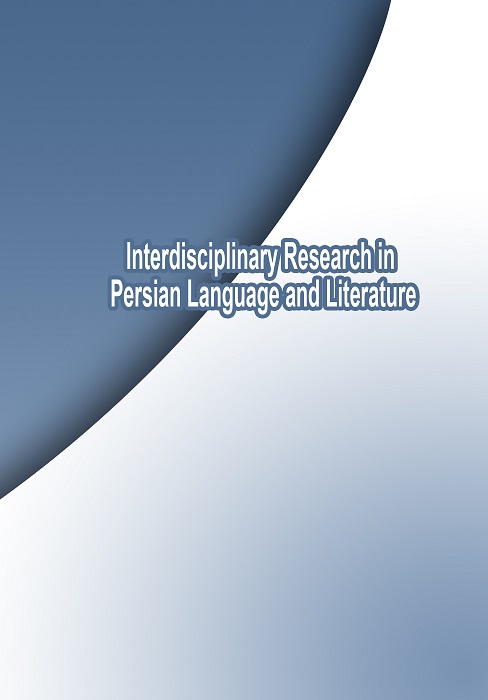Examining the adaptation of the content of Persian books for the period of lower secondary school with the principles of the Persian language and literature curriculum
Document Type : Research Paper
Authors
1 MA in Persian language and literature, Farhangian University, Tehran, Iran
2 Farhangian UniversityAssistant Professor, Department of Educational Sciences, Farhangian University, Tehran, Iran
3 Assistant Professor, Department of Persian language and literature, Farhangian University, Tehran, Iran
Abstract
This study investigates how well the content of Persian textbooks for lower secondary education aligns with established principles of the Persian language and literature curriculum. Utilizing a content analysis approach, the research focuses on a sample of lower secondary education textbooks in Persian. The analysis encompasses various components such as book texts, poetry selections, illustrations, activities, exercises, and self-assessment tools. Specifically, 33 units from seventh grade, 34 units from eighth grade, and 35 units from ninth grade were scrutinized. Qualitative data analysis employed a coding technique while quantitative aspects relied on frequency counts and percentages. Findings reveal that across all three educational levels in Persian literature textbooks, one principle received a very favorable evaluation; 13 principles were rated as good; 28 principles were deemed acceptable; 11 principles were categorized as average; and 16 principles were identified as weak. Notably, the content exhibited its strongest alignment with the principle emphasizing cultural foundations and educational values, whereas it showed its weakest alignment with the principle advocating for the integration of foreign literature alongside Persian literature within a culturally educational framework. Consequently, it is advised that textbook authors prioritize addressing those principles demonstrating lower alignment during revisions and that educators incorporate these principles into their instructional design.
Volume 3, Issue 2
September 2025Pages 101-126
- Receive Date: 23 August 2024
- Revise Date: 25 January 2025
- Accept Date: 21 April 2025
